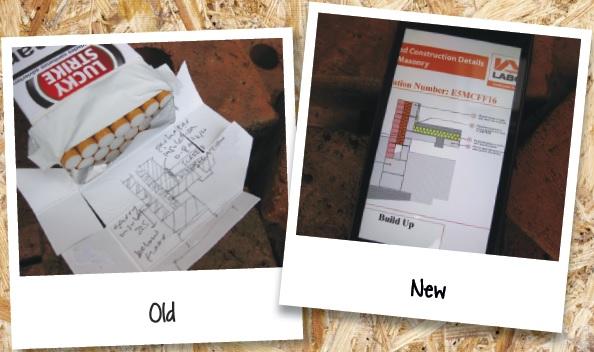New LABC Registered Construction Details will help you in Scotland
LABC has recently launched a suite of 250 registered construction details (RCDs) to help you combat the problem of cold bridging in construction that will minimise heat loss through the weak junction points in a building’s outer envelope.“Construction joints” are those parts of a building where different elements meet and are joined together. These are the focus of attention because research has shown they create thermal bridging, which allows heat to leak out and can also create cold spots internally. This can be at the edge of a ground floor where it touches an exposed wall or an external wall where it runs into a roof, lintel or sill to a window or door jamb.
The SAP assessment calculation that is used to prove compliance with Part L of the Building Regulations has 23 different junctions that must be detailed. LABC RCDs now provide for the first time a combination of different materials and products that can be used together and provide certainty as to compliance with Part L of the Building Regulations.
Key benefits of using LABC RCDs:
• Reduction in thermal bridging
By using one of our specified details, it is now possible to demonstrate that a building which would have previously failed to comply with Part L can pass with no alteration to insulation levels or the need to use triple glazing or expensive renewable technologies.
• Potential savings
Cost analysis has shown savings as much as £1,200 on a 90m2 unit are possible when using an LABC RCD.
• Free expert guidance on tap
LABC RCDs are available free of charge on the LABC website. These details can also be accessed from your mobile phone or other smart tablet.
LABC RCDs presently encompass masonry construction and over time will be extended to include timber frame, light steel frame, external wall insulation among others. Find out more by visiting http://www.labc.co.uk/registration-schemes/construction-details/how-use…
The new LABC Registered Construction Details will be relevant in England, Wales and Scotland, though there are differences in the calculations due to variations in thermal legislation between the three nations.




Comments
Add new comment